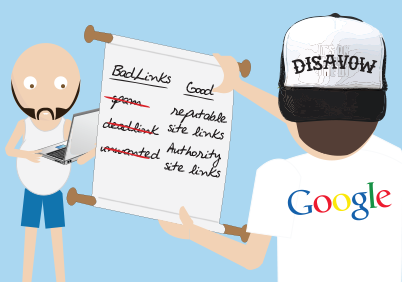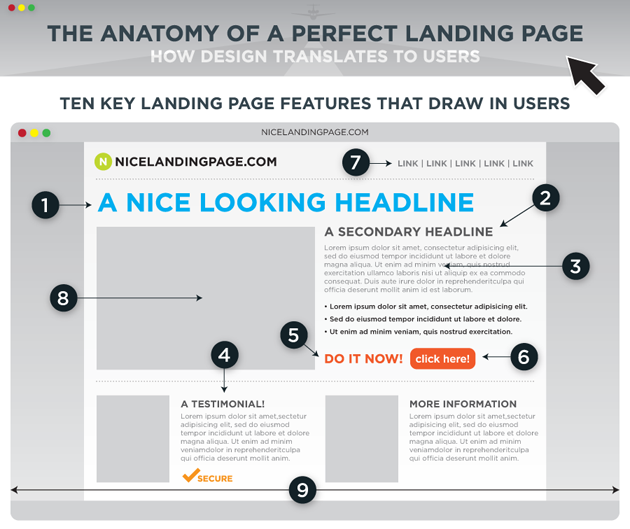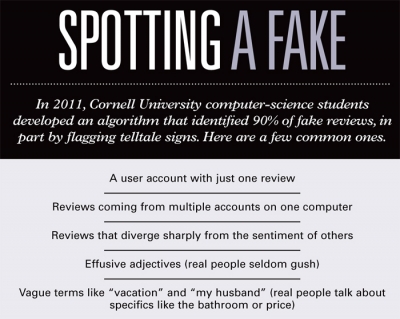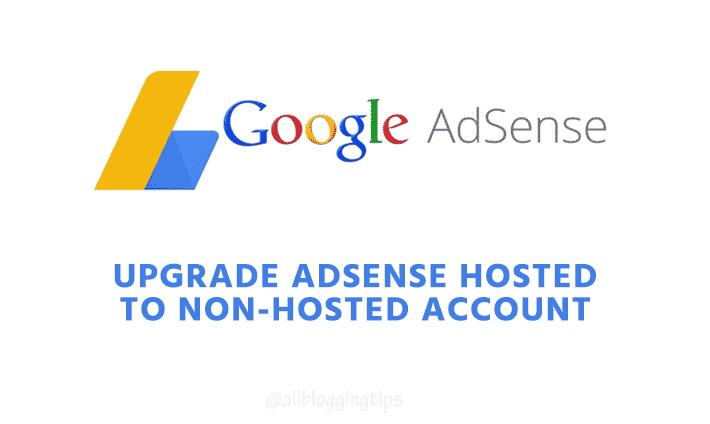Probloggers and authority sites don’t hate guest posts like you may want to believe. But there are reasons your guest posts are sure to be rejected on their websites or blogs. These guys are human; they have catalogs of issues to attend – they need to attend to their teeming readers, customers, family, other businesses, and also attend social functions. So sometimes they are overworked and need time to rest.
Your guest post would go a long way at enabling these bloggers observe their siesta. They don’t have all the time in the world to do everything including writing daily posts for their blogs.
That is where you as a guest poster come in. They need rest, yet they also need to update their blogs. So who should update the blog at that time of need? It is you of course! So why think they don’t love your offer?
There are certainly some reasons your guest posts are sure to be rejected even at such time of intense need. We shall find that out later in this post.

Why blogs accept guest posts
Blogs accepts guest posts for various reasons. They are not accepted just for the fun of it; they have a void to fill, they have a role to play, and they have needs to meet. Like I mentioned earlier, guest bloggers have workloads to take care of, hence there is need to accept guest posts on their sites. So the reasons include:
- Maintain regular update for their readers
- Provide their audience with new experience
- Give new bloggers opportunity to express themselves
- Have time to rest and attend to other pressing issues
- Get more traffic to their blogs
Now the question is, does it mean your post does not meet any of the afore-mentioned needs? There is certainly a reason why the blogger would gladly accept your offer because there are at least 5 needs I have identified, one of which your article should take care of.
Unfortunately, there are reasons your guest post are sure to be rejected even in the midst of problems begging to be taken care of by a guest blogger. Once we can identify these reasons, your dream of having your guest posts approved with speed on any website would come true.
Why your guest posts are always rejected?
Your offers are rejected not because the host blogger hates your face, or because you offended him sometime in the past. It is simply because they do not meet certain criteria. So note these points and fix them, and then see what happens next time you make an offer

Not playing by the rules
Every blog has set rules for anybody who wishes to submit a guest article to it. The rules for blog A are different from the rules for blog B. Every guest author is expected to abide to the rules.
Why?
It is because they are the ones who are desperately in need of help. The host blogger owns the blog, pays the bills, drives traffic, built the blog reputation, etc. You are just looking for a ready-made place to help improve your blog reputation and increase traffic. So you are to play by the rules, not the other way round.
So what rules do you violate? You hardly have time to read the rules set on the blog; as such when you present your guest post, it flouts some sections of the blog’s rules. Why? You never read the rules, so there was no way to keep the rules you didn’t know of. Some bloggers don’t have the time to point this out to you. The best thing they think they should do is to dump your article in the recycle bin
Poor content
Remember the site you are approaching already has reputation. It has maintained a quality that kept its readers visiting on regular basis. The fact the site owner is busy doesn’t mean he should accept junk for his readers. It is better his site is not updated for weeks than to provide poor quality that would drive away his readers.
When you present a hastily assembled article that is laden with grammatical blunders, incoherent sentences, etc, what should you expect? That the site owner should accept it out of pity?
Of course, you should know better. To avoid this trouble, find time to write quality piece, with extensive research and reference links, and something highly informative. No blogger would ever reject quality content that should benefit his audience.
Duplicate content
There is nothing as embarrassing to a blogger than a situation where he discovers that the content submitted as a guest post on his blog has already been published elsewhere before it was submitted to him. One may find oneself hooked in this web if one doesn’t have the time to do a copyscape check on an article before publishing.
Some smart guest bloggers (so they thought) had submitted articles to me, only for me to later discover they had been published elsewhere. So one reason your guest posts are sure to be rejected is because they are duplicates. Google frowns at duplicate content; webmasters/blog owners frown at it, and even readers also frown at it.
Deception
Do you ever submit a sponsored post to a blog owner and tell him the post belongs to you? Somebody submitted one to me recently and told me to provide a link back in the body of the article to a particular website.
He said he was a content writer without a website. But I couldn’t just understand why the insistence of providing a link in the content when he said he didn’t have a website. He only tried to make me believe he was writing as a content writer on that site and that he needed exposure.
In that case, I felt a link in the Bio should do; but he insisted and I had no choice but to let him go with his article. It was obvious he was writing for an SEO site because I did a whois check on that.
If you try to lie to a blogger in order to get your sponsored post published, he would do his little research and discover the truth about the site owner and every other information he wants. The next thing is to throw away your article for trying to present a deceptive front. So try to be plain to the website owner if you are writing on behalf of a third party and leave him to make his decision. Chances are that he might publish your work if it is good enough.
Unacceptable links
Some people want to see guest post as a way of promoting their affiliate links. So, they just add links to their affiliate products or to affiliate sites they are promoting. I
f you were the blogger, what would you do?
Leave the links or bring this to his attention? Unfortunately, these are spelt out in the guest blogging rules on the “write for us” page of many of the sites. This automatically disqualifies your post.
Like I mentioned at the beginning of this post, bloggers are very busy; so most of them don’t have the time to proof read your article over and over again. They don’t have the patience to begin to try to reformat the content you formatted poorly. To save their time, they just dump the article in the bin.
You can see it is not the fault of the blogger that your posts are not accepted; it is actually your fault. If you avoid those pitfalls, the blog owner would jump at your offer because it has something useful for him and his readers. But poor formatting is one of the reasons your guest posts are sure to be rejected.
- Why You Can’t Achieve Success in Blogging Career?
Conclusion
Provide the quality a blogger wants in your content, follow the set rules, be sincere while presenting your offer and you are sure to get your guest posts published on even the best of blogs and websites.







